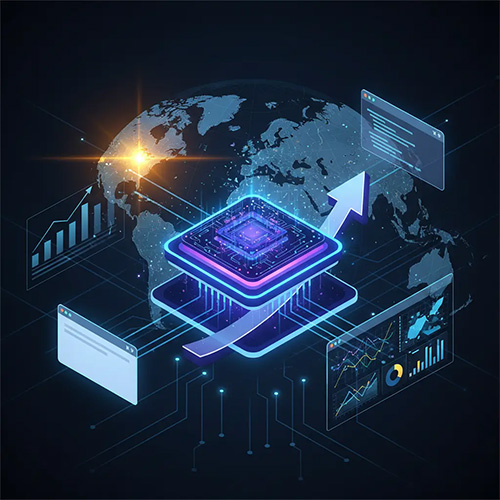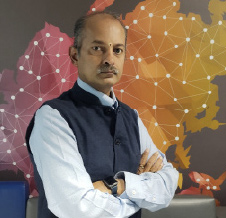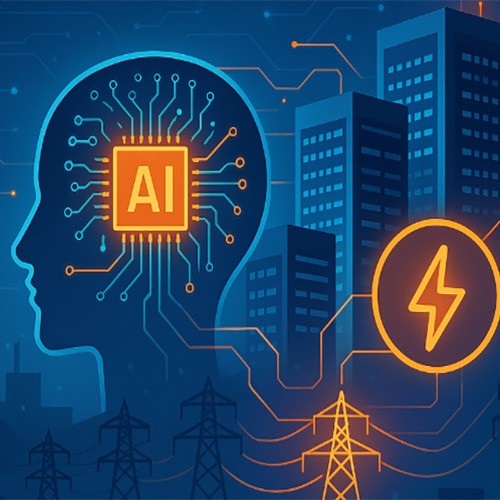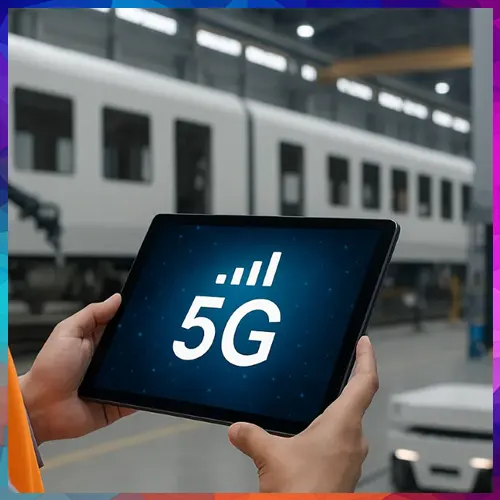A Meeting to Reminisce
2013-12-20
Asoke K. Laha
President & MD, Interra IT
It was a high-profile Indo-US function mostly to do with the economic partnership between the two largest democracies, presumed to guide the new economic architecture that is unfolding. Several corporate honchos and policy-makers were present. I could well see the body language of the politician, who was the chief guest at the function since I was sharing the dais with him. A lot of introspection has gone into while narrating the incident since I am in a precarious position – an India-born US citizen having business interest in information technology. Let me assure you that I have tried to maintain utmost objectivity in describing the situation, its impact and import.
I will tell the consequences of the statement that was made at the meeting. The very hour that the chief guest made the statement, slightly provocative going by the audience who attended the function, a volley of attack emanated in the social media. Most of the tweets were criticising the minster for making such statements; some went even to the extent of dubbing the minster as a doublespeak; another tweeted the minister as a stumbling block to development; and still another painted the minister as an obscurantist, taking back the country to the medieval age.
Now let me tell what the minister had said. He told the representatives of aviation and aerospace in the US, who assembled there, not to go aggressive on selling their aircrafts and aerospace equipment. He chided them to concentrate on investing in India for creating wealth and employment, thereby enhancing the buying capacity of the people.
Without taking any side, let me dispassionately dissect what the minister had said in support of his argument and what he did not tell but alluded to. Quoting the ICT policy of the Government of India, the minister prognosticated that the electronics demand for the country would peak up to US$300 billion by 2020. Going by today’s production of electronics items in the country, the import bill for the electronics items to meet the demand would outstrip the import bill of petroleum products. Therefore, the country needs more investment in this sector. Similarly, the education and healthcare in India will have to grow phenomenally to meet the target set by the government to provide quality services to its citizens on both these counts. Therefore, he exhorted the investors to focus on these areas to supplement the governmental efforts.
The minister also mentioned that the manufacturing sector in India has to make an image makeover, since its share to the gross domestic product is dwindling with every passing year. Presently, it is as low as 23 per cent, while the lion’s share of 60 per cent is contributed by the services sector. While inviting the investment in this sector, the minister mentioned that this segment only can create gainful employment for our teeming millions.
Now let me come out with some statistics that the minister did not mention at his address but grossly substantiated his point of view. According to some estimates, the world trade in services is estimated to be around US$4 trillion in 2013. The US accounts for over 55 per cent of the world trade. The ICT sector is the highest contributor to this kitty, followed by financial services, healthcare, education, etc. One thing that we have to bear in mind is that most of the segments that I have mentioned here are running on IT platforms and there is a very high application of IT in their development. Now let us look at the share of India. According to one estimate, India’s share in the world ICT trade is less than 3 per cent. We have to go a long way to usher in the digital revolution like the one that had happened in the west some 10 or 15 years ago. We have to bring a lot of our ordinary chorus into the digital mode. For example, e-commerce is still in its infancy in India. PC and internet penetration is still very low as compared to even China. Broadband use is very limited. In short, we have come only at the first stage of the digital revolution and have to go a long way to move higher up in the pecking order.
The statement of the minister should be seen from that perspective. In aviation and aerospace, though India has a market upwards of US100 billion in the conceivable future and can be leveraged to enhance India’s exports by using the offset clause (a rule that dictates aviation and defence imports stipulating that 30 per cent of the import value should be made good through exports or technology transfer to the host country) can have only a limited impact in the country’s landscape. Various reasons can be attributed. Imports of this high-ended strategic equipment will not lead to enhancing the domestic manufacturing base. To that extent, local employment is not generated. Against this, the statement of the minister has the justification but the tenor of his articulation may be subjected to interpretation.
See What’s Next in Tech With the Fast Forward Newsletter
Tweets From @varindiamag
Nothing to see here - yet
When they Tweet, their Tweets will show up here.





























